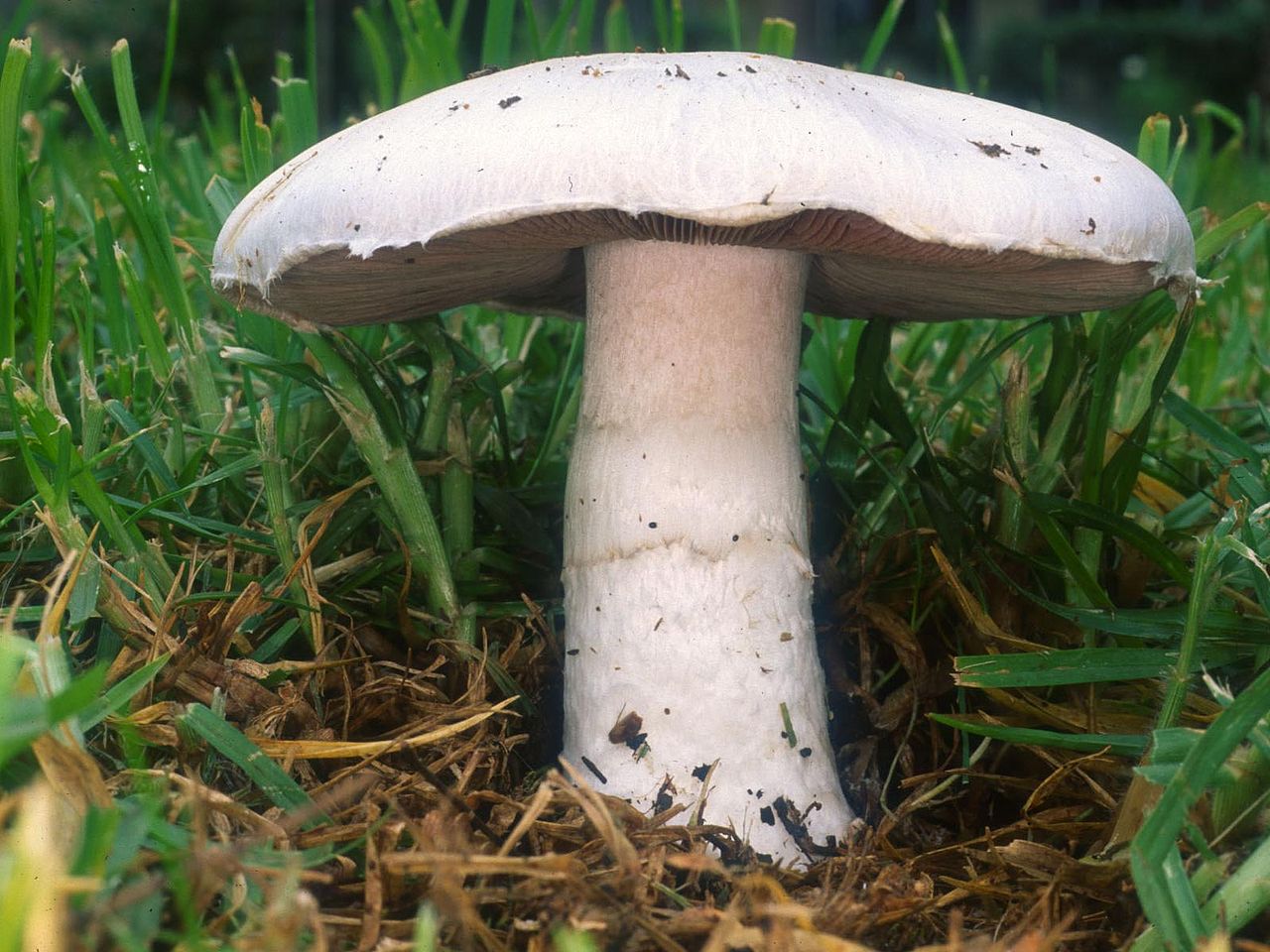
Wild Edible Of The Week - Week 20 - "Field Mushroom"
Botanical name : Agaricus campestris
Common names : Field mushroom, meadow mushroom

Physical appearance : The field mushroom has a short white stem with a domed white cap which becomes more flat in shape as it matures. As it grows older, its cap develops more brown scales. When young, the gills are enclosed in a white veil and are initially pink. Subsequently they darken and become brown then eventually black. In immaturity, the ring around the stalk is initially joined to the cap but eventually disconnects from the cap as it matures.
Edible parts : As with most edible mushrooms the cap and stalk can be eaten.

Best places to find : Meadows, lawns and hedgerows. Rarely found in woodland environments.
Time of year : This fungi tends to ripen between July and August.
Serving suggestions : There are many recipes for field mushrooms, especially as these are very common and eaten widely. For a puritan recipe, remove all debris with brush or damp cloth. Melt a generous knob of butter in a frying pan on a medium heat. Once melted and bubbling lightly, add the mushrooms whole and fry for 3-4 minutes only. As wild mushrooms generally contain more water than cultivated varieties, cooking them for longer may cause them to stew in their own juices making them rubbery. Keep cooking times short.
Other : Field mushroom soup, mushroom pate.
A very quick recipe for soup :
Simmer the chopped and cleaned mushrooms in milk for approximately 30 minutes. Season to taste and liquidize everything together. Can be served hot or cold and is delicious either way.
Poisonous mushrooms!!!! - Please be sure you know what you are picking. Many plants look similar to one another and many can be poisonous! Please seek professional instruction if you are unsure! Don't risk your life!!!
Discard any mushrooms that look similar but have pure white gills or leave pink or yellow stains when handled. Two mushrooms commonly mistaken for the field mushroom are the "blusher" and the yellow staining mushroom (Amontia rubescens and Agaricus xanthodermus respectively). Neither is generally fatally poisonous but both can cause serious stomach upsets leading to violent vomiting.
Photos courtesy of;
CC BY-SA 3.0, https://commons.wikimedia.org/w/index.php?curid=1710232
By Accuruss - Own work, CC BY-SA 4.0, https://commons.wikimedia.org/w/index.php?curid=94092867

